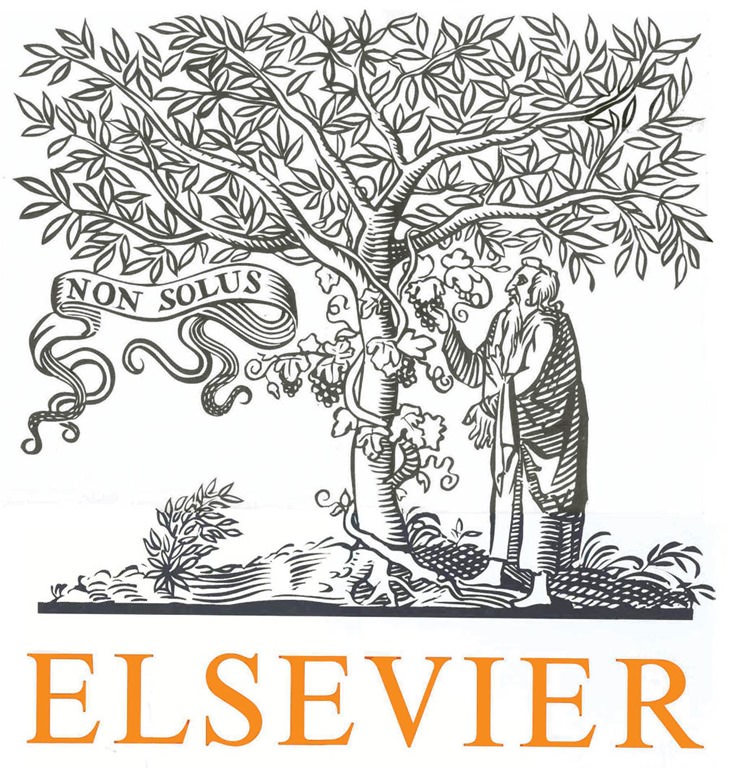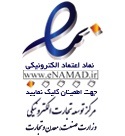Recommendation and conclusion
We now recommend and analyze key activities that second auditing course professors might consider when developing a new course or when refreshing an existing course. First, professors must determine the focus of course content, such as audit/assurance, IT audit, internal control, fraud, or financial statement audit. While 45% of second auditing courses use no textbooks, Table 5 notes that textbooks used most frequently are Arens et al., Louwers et al., and Messier et al. These three texts are also the most frequently used textbooks for the first auditing course, which thus serve as refreshers for basic auditing principles while allowing supplemental coverage, other techniques and more indepth knowledge of auditing concepts. Next, we note that top learning activities and supplemental material include case studies, lectures and discussion, group projects, and student presentations. Case studies allow students to apply learned classroom skills to life-like scenarios and enhance students' higher-order critical thinking skills. Apostolou and Apostolou (1997) found case studies as a key active learning method that links to increased content retention and improved classroom quality. Young and Warren (2011) urge professors to add one “challenge problem” to their exams that represent real world, common business applications of potentially individual- or team classroom projects that improve student's critical thinking skills. Common sources for case studies include: education journals, Knapp, self-developed cases, and Trueblood. Group projects could relate to such topics as audit risk, audit programs, accounting policies, PCAOB synthesis, and control systems documentation. Students can even perform agreed-upon procedures audits of a local company.








